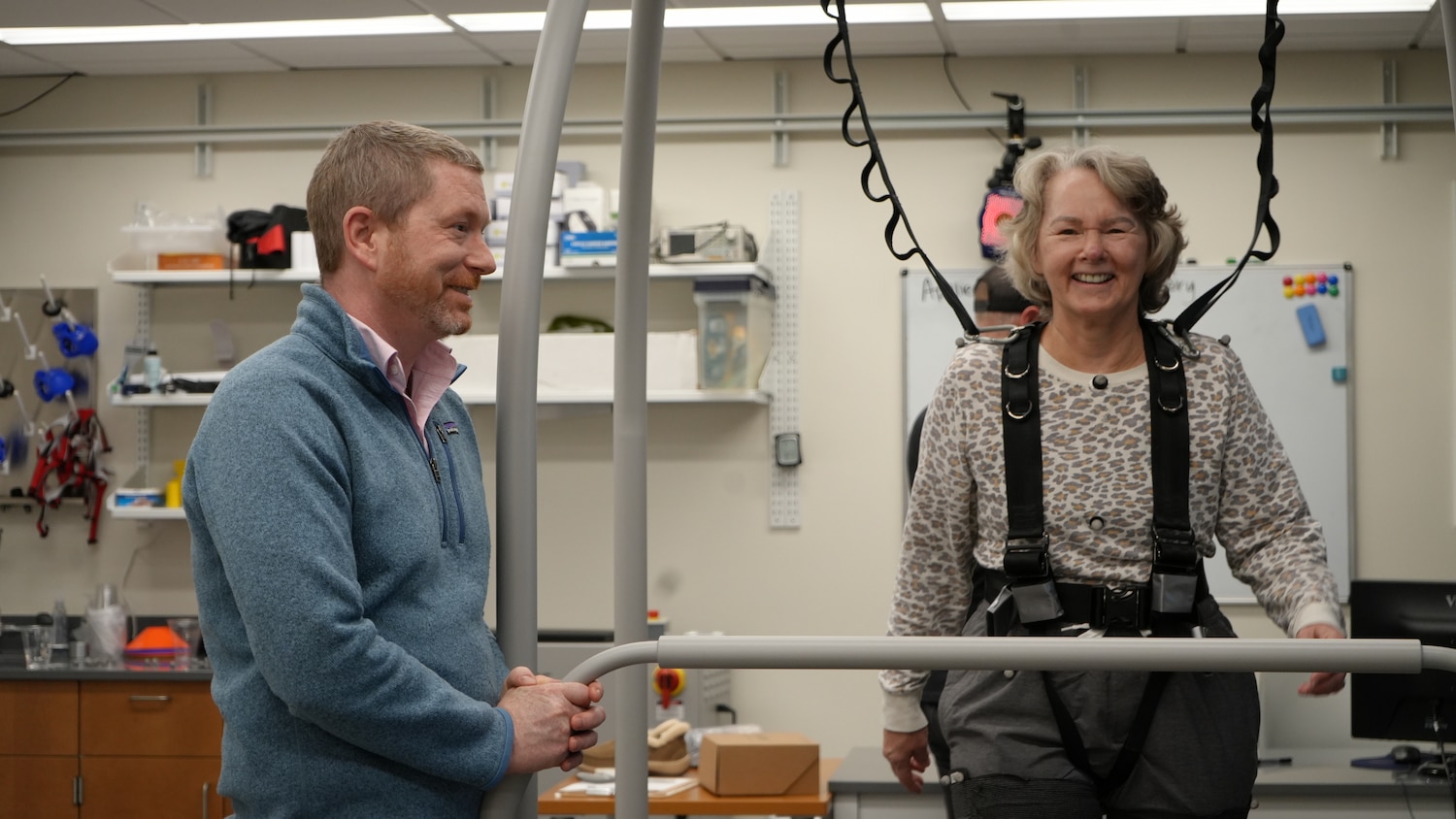At NC State’s Constructed Facilities Lab (CFL), failure is success.
When concrete pillars crack under thousands of pounds of pressure, engineering students and researchers gain vital insights that protect our infrastructure.
“By creating failures in the laboratory, we can ensure that we prevent those kinds of failures from ever happening in the real world,” says CFL manager Greg Lucier. Lucier is also an assistant professor of civil, construction and environmental engineering.
Partners from the public sector and private industry bring pillars, pylons, pavement and other infrastructure elements to the CFL to test their materials’ ability to withstand stress. The lab features equipment to test under a variety of conditions, from the slowly accumulating pressure of heavy weight (up to 2 million pounds) to temperature spikes from -40 degrees to 185 degrees Fahrenheit.
The real-world projects that have benefited from the CFL’s work include the foundations of the Freedom Tower in New York City and the rafters of Terminal 2 at Raleigh-Durham International Airport. Another CFL project resulted in a new design that has become standard in construction of parking decks, Lucier said.
“Anything that you want to test the strength of, we have the capability to do it here,” says Zack Van Brunt, a CFL graduate research assistant.
On a recent Thursday, CFL students and staff were studying a new type of beam under consideration for use in bridges by the North Carolina Department of Transportation. Whereas steel typically reinforces bridge beams in North Carolina, the one being tested at the CFL was reinforced with carbon fibers. The results of the tests could affect bridge design across the state.
That’s typical of the research done at the CFL, which focuses intensely on practical results.
“The things we do in the lab have real implications in the field, are often implemented quickly and are often initiated to solve problems that develop in the real world,” Lucier says.
- Categories:


